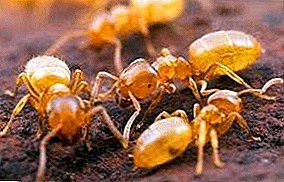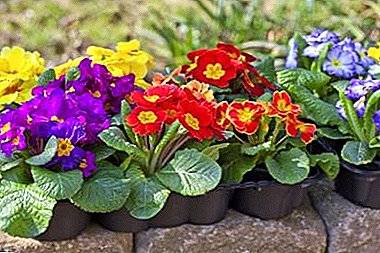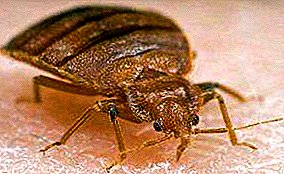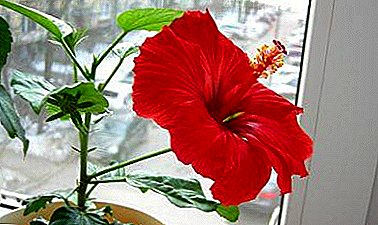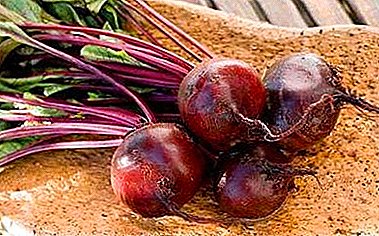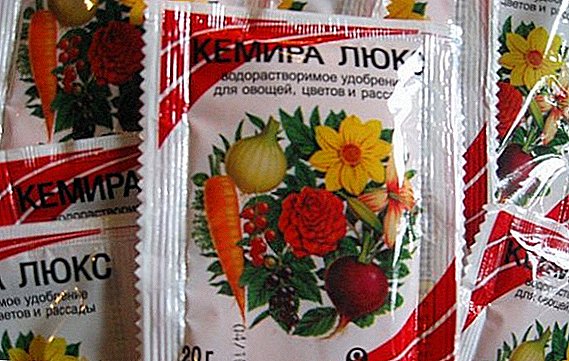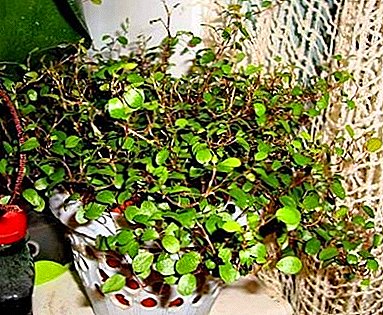
Mühlenbeckia - ornamental shrub. In growing unpretentious. Loves bright light, top dressing and systematic watering.
Can grow in pots. For greater pomp effect, several decorative bushes are planted in one tank.
general description
 Refers to a subspecies buckwheat Polygonaceae. In total, there are just over 20 different species of this ornamental plant.
Refers to a subspecies buckwheat Polygonaceae. In total, there are just over 20 different species of this ornamental plant.
Refers to evergreen shrubs. It can be creeping and climbing.
It has a randomly intertwining elegant branchy stems. Depending on the subspecies, their length can be from 10-20 cm to 2.5-3.0 meters.
Bark shtamba burgundy hue, very smooth.
Leaflets with short petioles, rounded shape. The most common are maple or oval. The base of the leaves in the form of a heart.
Inflorescences miniaturesmall Can be racemose or axillary. Flowers white or amber-emerald. Have 5 petals. In diameter reach no more than 0.4-0.6 mm. The fruit of the plant is in the form of a spherical seed.
A photo
Photos of the flower Mühlenbeckia:




Home care
This representative of the flora is considered an ornamental shrub for beginner gardeners. is he unpretentious in growing. Does not require close attention. It can adapt to any climatic conditions. The design is used as a decor.
It grows like an ampelous plant. It is put on the bookshelves, hung in pots as a decorative liana. Flower stalks fasten well around a support.
Care after purchase
After buying the plant washed with warm water. Transplanted to a more nutritious soil. You can use the purchased land or cooked by yourself. Tanks for transplanting choose large and deep. Flower choose a well-lit windless place. It is important that sunlight gets on it.
You should not buy a flower in winter. At this time, the plant comes a period of rest.
Pruning
 Pruning spend at the end of summer. Cut cuttings are used as planting material.
Pruning spend at the end of summer. Cut cuttings are used as planting material.
The top of the plant is cut to make the flower more lush. In this case, he begins to grow lateral shoots.
After the time they look beautiful in knitted pots.
Sometimes the stalks stick to the supports. Then the plant can begin to grow in different directions.
For greater pomp effect, several decorative bushes are planted in one tank.
Watering
During active growth, the soil should always be wet. But overwetting should not be allowed, as the root system may rot. Therefore, the soil is checked with a small stick. It is stuck into the soil and if it is dry, watering is necessary.
In winter, during the rest period, the soil should periodically dry out. Water is used for irrigation. room temperature. It should be soft without any chemical impurities.
This representative of the flora is not picky about the humidity of the air. May grow near the heating devices. But in hot summertime, the stems can be sprayed with water from the sprayer. Sometimes the container is placed on a pallet with moistened forest moss.
Important! During active growth, the plant needs additional feeding. Well-suited integrated commercial fertilizers. Feed the flower twice a month. With the onset of autumn and at the end of winter, the plant does not need any dressings.
Landing
To soil the plant is not demanding. Can grow in acidic or alkaline substrates. It is important that the earth is loose with good air permeability. She must pass the water. When planting, you can use the purchase of soil for home flowers. You can also cook it yourself.
To do this, use the sheet and sod land. Peat, humus, fine-grained sea sand, less often - clay are added to the substrate. Before planting, small holes are made at the bottom of the tank and drainage is made. You can use small pebbles, broken bricks or pebbles.
Transfer
 Transplantation is carried out annually in the spring time. A pass-over method is required.
Transplantation is carried out annually in the spring time. A pass-over method is required.
Since the plant has a very weak root system. If the roots are damaged, the flower will be very sore.
For transplants use deep containers of large sizes.
Temperature
In the wild, the plant grows in a temperate climate. Therefore, the flower loves the warm air.
In summer, temperatures can range from 21 to 25 ° C. When exhausting heat leaves lose elasticity, turn yellow and fall off. In winter, the plant needs a cool content.
The temperature of the room should be no higher than 11-13 ° C. At this time, the ornamental shrub will enter rest. Periodically, he will drop the leaves.
Lighting
The flower prefers bright natural light. It tolerates direct sun exposure. Can grow on window sills with windows open in the summer. In winter, requires artificial lighting. When growing in the shade flower shoots can be strongly drawn out. The plant may lose its decorative appearance.
Breeding
Dividing bush
In the latter case, the bushes are neatly divided into equal parts. Then transplanted into bulk pots. In good conditions, the plant quickly gets used to the new capacity and is easy to root. Planting is carried out in the fall.
Cuttings
When cutting, cut off the top of the stem. The stalk must be at least 7-11 cm in length. It is important that there are several internodes on the planting material.
Rooting can occur in a wet substrate or water. Shanks need homemade greenhouse from the cut plastic bottle. To the plant was the most magnificent, in one container, you can plant several bushes.
Seeds
 The fruit of the plant is in the form of a spherical seed. After full ripening, seeds are stored in a warm place. till March.
The fruit of the plant is in the form of a spherical seed. After full ripening, seeds are stored in a warm place. till March.
In the middle of the spring, small containers and soil are prepared.
Seeds are sown to a depth of not more than 1.0-1.5 cm. And placed in a miniature greenhouse.
You can use transparent plastic cups, glass jars or just cellophane.
Periodically seedlings air out. After the appearance of several leaves, the plant can be transplanted into large containers for permanent growth.
Diseases and pests
This representative of the flora resistant to diseases. All difficulties arise only with improper cultivation.
May be prone to earthworms and spider mites. When the first pest is found, the affected part of the root system is removed. The flower is transplanted to another container. Enrich it with vitamins and feedings. If the leaves have a slight white pubescence - the flower must be wiped with soapy water.
It is best to use soap. Then the plant itself is washed with warm water. If the insect continues to invade - Mühlenbeckia sprayed with chemicals.
Conclusion
Mühlenbeckia is propagated by seeds, cutting and dividing the bush. It has fragile roots. Diseases and pests almost not exposed. During active growth, the soil of the flower must always be wet. It grows well at a temperature of 21-25 ° C. In winter, the plant must be reduced to 11-13 ° C.


